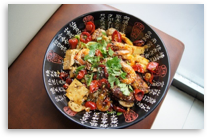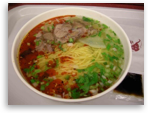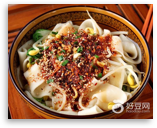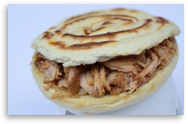Crossing the street in Beijing can be challenging for a traveler coming from the Western world. Such a traveler may make the simple mistake of assuming that because an intersection looks little different from an intersection back home that the traffic will also behave as it does back home. This is certainly not the case. All traffic signs, signals, and other guiding paraphernalia meant to protect motorists, bicyclists, and pedestrians as well as maximize the flow of traffic, are in Beijing—and throughout China, for that matter—nothing more than suggestions. If a traveler merely stands at an intersection for five minutes he will know this to be true.
So, without further delay, here are some guidelines to successfully crossing the street:
- Use a sky bridge when available, this will put you far out of reach of all the traffic.
- Stand on the corner and patiently wait for the traffic signal to indicate you can proceed.
- When you are allowed to walk look both ways, as bicycles and electric bikes will be your first obstacle.
- As you walk across the street continue to look both ways. In fact, don’t ever stop looking both ways.
- Once you are roughly a quarter of the way into the street it will be prudent to keep a close watch over your shoulder, watching for cars and busses making left-hand turns. Remember, the cars and busses have the right-of-way. They are bigger than you, after all.
- Once you are past the halfway point, you can—for the most part—feel safe that no left-turning traffic is going to hit you. Now it is time to concentrate on the traffic making right-hand turns coming towards you.
- You may at this point be caught between left-hand turning traffic from behind and right-hand turning traffic from the front. Don’t panic. The cars are unlikely to hit you. Patiently wait until there is a gap in the oncoming traffic and proceed.
- Continue to be mindful of bicycles and electric bikes as you approach and step onto the sidewalk. The drivers of these vehicles do not feel constrained by the flow of traffic and may come from any direction at any time.
There, you’ve done it. You’re on the other side of the street, whole and hearty. Have a great day!



















